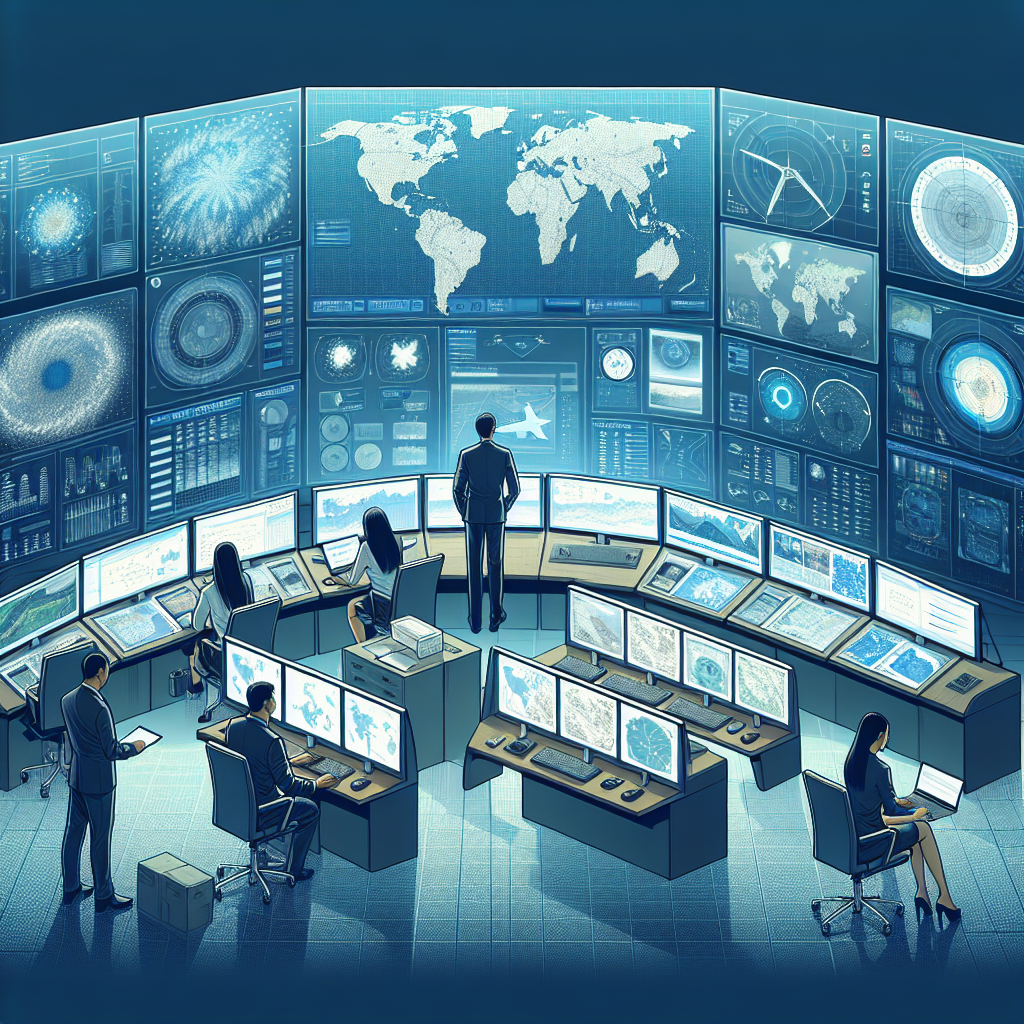Disasters can strike at any moment, leaving communities vulnerable and in need of immediate assistance. In such situations, remote monitoring plays a vital role in disaster preparedness and response by providing real-time data and information to aid in decision-making and coordination efforts.
Remote monitoring involves the use of technology such as satellite imagery, drones, sensors, and other tools to gather data from disaster-affected areas. This data is then transmitted to a central command center where it can be analyzed and used to assess the extent of the damage, identify areas in need of assistance, and track the movement of resources and personnel.
One of the key benefits of remote monitoring is its ability to provide a comprehensive view of the disaster situation from a safe distance. This allows emergency responders to assess the situation quickly and accurately, without having to put themselves at risk by physically entering the affected area. For example, drones can be used to survey the damage caused by a natural disaster such as a hurricane or earthquake, providing valuable information on the extent of destruction and areas that require immediate attention.
In addition, remote monitoring can also help in the early detection of disasters, allowing for timely evacuation and preparation measures to be put in place. For instance, sensors can be deployed in high-risk areas to monitor changes in environmental conditions such as temperature, humidity, and seismic activity. This data can then be used to predict potential disasters and alert authorities to take action before it is too late.
Furthermore, remote monitoring can facilitate communication and coordination among different agencies and organizations involved in disaster response. By providing a centralized platform for sharing data and information, remote monitoring can help ensure that resources are deployed efficiently and effectively to areas in need. This can help prevent duplication of efforts and ensure that assistance reaches those who need it most.
Overall, the role of remote monitoring in disaster preparedness and response cannot be overstated. By providing real-time data and information, remote monitoring can help save lives, minimize damage, and facilitate a coordinated and effective response to disasters. As technology continues to advance, the use of remote monitoring will only become more integral in ensuring the safety and well-being of communities in the face of disasters.

Leave a Reply
You must be logged in to post a comment.